Trump’s Tariff “Card” Heads to the Supreme Court, Sparking Debate Over Procedure and Inflation
Input
Changed
Fast-Track Appeal Aims to Contain Uncertainty
Procedural Legitimacy Emerges as Central Issue
Focus Turns to Inflation Path and Economic Impact
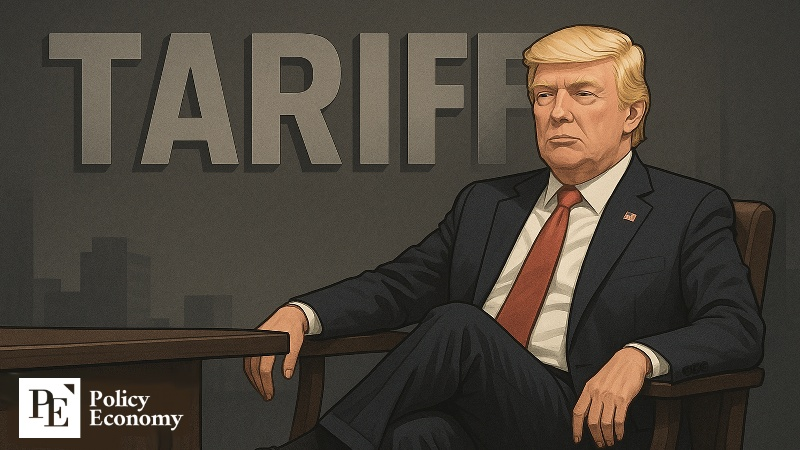
President Donald Trump has asked the Supreme Court to expedite review of an appeals court ruling that struck down his tariff-related executive order. Framing tariffs as a pillar of America’s identity, Trump is pressing to secure political legitimacy as well. At issue is whether the president’s unilateral order encroached on Congress’s constitutional authority, making adherence to proper procedure likely to determine the Court’s ruling. With a final decision expected early next year, analysts say the tariffs’ impact on U.S. inflation and the broader economy could weigh heavily on the justices’ judgment.
Guarding Against Rising Market Uncertainty
On September 3, Trump told reporters at the White House, “We will ask the Supreme Court to make a prompt decision on the legality of reciprocal tariffs,” warning that “if we eliminate tariffs, we will collapse into a Third World country.” He rejected the appeals court’s finding that tariffs imposed under the International Emergency Economic Powers Act (IEEPA) exceeded presidential authority, calling instead for immediate Supreme Court review. “A wrong decision would be disastrous,” he added.
The president’s remarks were seen as an attempt not only to defend his policy legally but also to secure political ground. “We’ve collected trillions in tariffs, and every country has agreed to our terms,” he argued, portraying tariffs as the engine of American industry and investment. He added that “the stock market fell because of the appeals court ruling,” using financial jitters to press for early Supreme Court intervention. The message underscored Trump’s effort to present tariffs as fundamental to America’s economic and national security framework.
On July 29, the U.S. Court of Appeals ruled 7–4 that tariffs imposed under IEEPA were unlawful. To minimize disruption, the court delayed its ruling’s effect until October 14, allowing existing tariffs to remain in force temporarily. Still, markets remain uneasy. U.S. Customs and Border Protection reported that as of July 25, tariffs imposed under IEEPA totaled $65.8 billion. A definitive invalidation could force the government to process massive refunds, heightening concerns among both policymakers and markets.
The push for expedited review also reflects the Court’s political composition. Six of the nine justices are considered conservative, with several appointed by Trump himself. Yet legal experts caution that even conservative justices are unlikely to stretch constitutional limits on presidential power. In this light, the case is seen as a test of whether Trump’s political and economic symbolism can withstand the Court’s institutional emphasis on procedural safeguards.
Executive Overreach Under Fire
Trump justified his reciprocal tariffs by invoking IEEPA, which grants emergency powers to the president in national security crises. But the appeals court noted that IEEPA makes no mention of tariffs, and the Constitution vests taxation authority in Congress. Allowing Trump to impose duties of up to 50 percent by executive order, the court held, constituted an abuse of power. Without procedural guardrails, it warned, such authority would erode the legislature’s role.
A comparison with free trade agreements highlights the contrast. FTAs take years of international negotiation, followed by ratification in national legislatures and presidential proclamation, before taking effect at least six months later. Disputes are escalated to the World Trade Organization, whose rulings take additional years. In global trade, tariffs are managed through such intricate processes. The appeals court therefore deemed Trump’s move not merely a policy issue but a serious constitutional violation that undermined legislative procedure.
The legal battle also engages the “major questions doctrine.” The Supreme Court has repeatedly held that policies with sweeping economic or social impact require explicit congressional approval if advanced unilaterally by the executive. Rulings voiding greenhouse gas regulations and student debt forgiveness are recent examples. Given that Trump’s tariffs affect trillions of dollars in trade and global supply chains, legal momentum is on the side of requiring congressional authority.
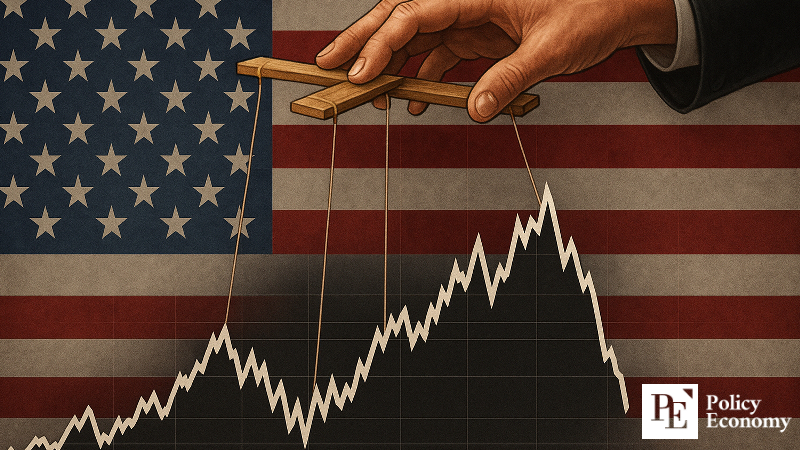
Inflation’s Trajectory May Decide the Case
Even as legal arguments unfold, analysts expect the Court’s decision to be shaped by tariffs’ real economic effects. Markets had initially feared tariffs would sharply accelerate inflation, but the impact has been muted so far. Corporate stockpiling, margin absorption, and diversification of supply chains have delayed price pass-through. Many firms imported large volumes of inputs before the tariffs, while exporters cut prices to shoulder part of the burden. As a result, consumer price increases have been contained, with only localized upticks in goods such as furniture and appliances.
But these buffers are unlikely to last. Inventories are being depleted, and firms’ ability to absorb costs is limited. Shifting supply chains to Vietnam, Mexico, and other alternatives has not delivered meaningful savings. If tariff coverage widens further, inflationary pressures will inevitably surface.
Experts share this concern. In a late-August Bloomberg survey, a majority said tariffs could push consumer prices up by an additional 0.3 to 0.5 percentage points in the first half of next year. Sectors like autos, electronics, and home goods have managed temporary defenses, but as profit margins shrink, these strategies will collapse. The debate thus extends beyond inflation to whether tariffs themselves deliver net economic value.
Markets now expect the Supreme Court’s ruling, likely early next year, to hinge in part on the inflation trend at that time. If consumer prices remain stable, Trump’s case for tariffs may carry more weight. But if inflation builds, the Court could be compelled to rein in tariffs to calm markets. The stakes underscore how the Court’s review will shape not only U.S. economic policy but also the trajectory of global trade.

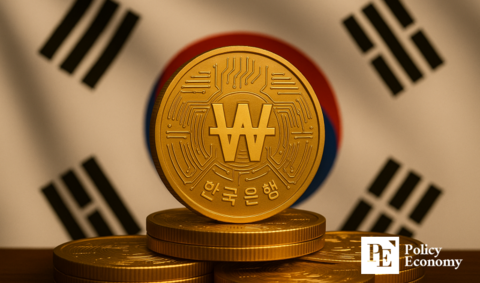
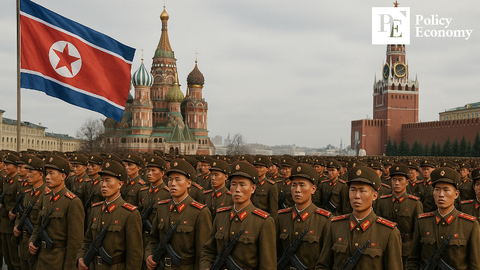
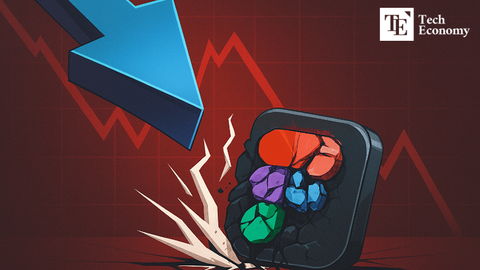

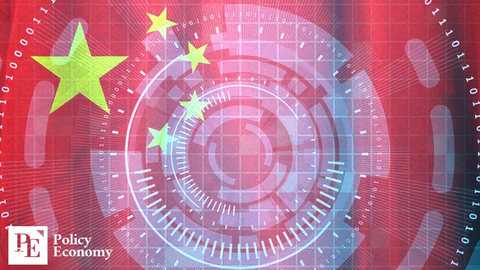

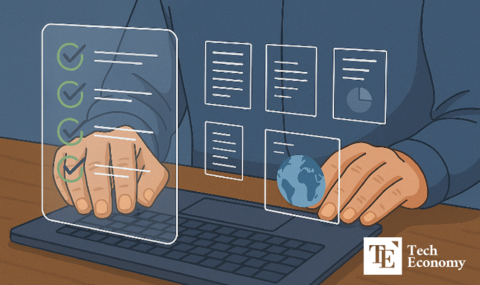
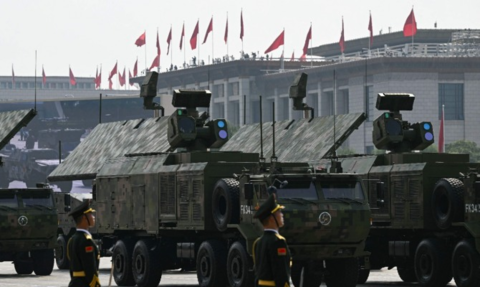
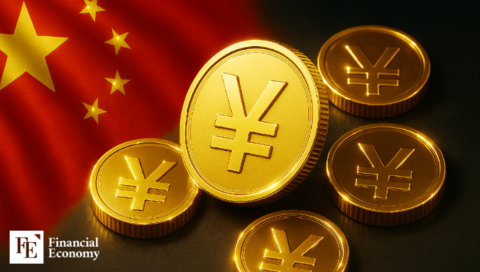












Comment